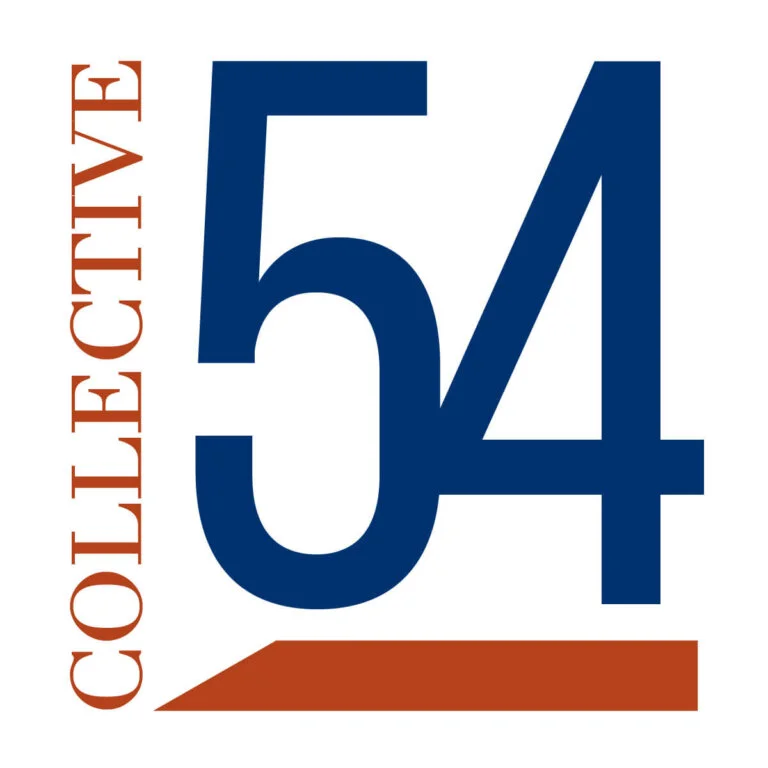|
Getting your Trinity Audio player ready... |
The 7 Habits of Highly Trusted Consultants

A proven blueprint for professional services leaders who want to turn delivery into differentiation.
“You’re the first consultant that made my team feel like I knew what was actually going on day to day. Compared to (competitor), I’m glad you asked questions early, and gave me updates often.” That’s what a client told me after just two weeks of working together. They weren’t praising a breakthrough insight or a brilliant feature. They were talking about our disciplined process — and the relief it gave them.
That’s when it hit me: In professional services, your client’s real pain isn’t lack of capability — it’s lack of control. That pain shows up as anxiety, second-guessing, micromanagement, or ghosting. If your process can take that pain away, they’ll trust you faster, stay longer, and tell everyone else.
Here are the seven habits our firm developed that made trust the byproduct of delivery.
- Kickoffs That Do the Heavy Lifting Early
We didn’t launch with vague decks or handshakes. We launched with a 1–2 day collaborative workshop that aligned goals and success criteria, risks and constraints, and team norms and communication. We also built the first version of the delivery plan together — live. That meant the client understood it and bought into it from day one. Here’s an overview of the agenda. - Daily “On Track / Blocked” Updates
Every day, our clients got a one-minute read via slack or e-mail: Are we on track or blocked? What did we finish and learn today? What’s the priority for tomorrow?
This colour coded update gave our client visibility, and comfort that we’d let them know if we needed their attention. Bonus points if you send the first e-mail at the end of the kickoff day, so the client is trained on this from day 1. - Weekly Planning with Line-by-Line Clarity
We held short planning meetings weekly. Clients reviewed each requirement in our backlog for the next two weeks and approved priority and context, complexity and tradeoffs, and what we weren’t doing (and why). While this takes some effort to train the client, you’ll quickly see them help ideate solutions and solve more meaningful problems with you. - Continuous Acceptance
We didn’t report on progress using slides or spreadsheets. We showed it. Each week, clients walked through working software. They confirmed which requirements met expectations and what needed refinement. This created momentum and surfaced useful feedback early, while there was still time to act on it. Bonus when your client inevitably shows the working software to their stakeholders or even their customers. - Retrospectives
Every week, the product team sat with the client members and we asked: What went well? What didn’t? Where do we need clarity? We modeled candor and encouraged it in return. That meant we caught small issues before they became trust-breakers.
Here’s a format you can try. - Weekly NPS (No 7s Allowed)
We asked: “How likely are you to recommend us right now?” A score of 8 or above meant we asked what to do more of. A 6 or below meant we took action that week. No 7s — they’re too comfortable to be candid. This start of the weekly check-in with the client executive enabled a candid conversation around the engagement and helped avoid being stuck in unkind niceties that didn’t address any festering concerns or confusion.
This was compared to quarterly anonymous NPS surveys we sent to all our customers. - Meetings That Earned Their Spot
We trained our team to run great meetings. That meant clear agendas in calendar invites, pre-reads when needed, consistent weekly slots, and only the right people in the room. Clients began mirroring the format in their own teams, and many would talk about how the meetings with Integral were amongst the few they looked forward to.
The Insight: Trust Isn’t a Feeling — It’s a System
You don’t build trust by saying the right things or being friendly. You build it through rituals that reduce ambiguity, increase control, and invite participation. If your clients feel safe and seen, they’ll start to believe you’re indispensable and invite you to solve more challenging problems with them.
What You Can Do Next
Share this with your team and identify areas you could increase your customer trust. Then, choose one habit to implement next week.
Want more tools like this? Subscribe to the Collective54 newsletter.
This article was developed by the author and refined using Collective 54’s AI tools.
